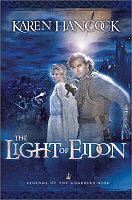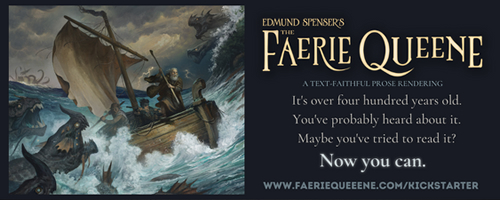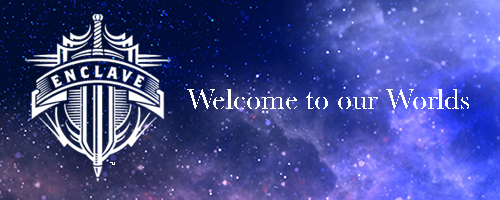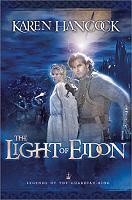Book Discussion – The Light Of Eidon – Part 2
 Welcome back to another Tuesday, hopefully it will have some coherent thought associated with it.
Welcome back to another Tuesday, hopefully it will have some coherent thought associated with it.
This week I’m looking at the world we were introduced to in The Light of Eidon, by Karen Hancock. To get a little bit of insight on how Karen goes about her world building you can take a look at a post on the subject here, where she states:
“The very fact that I can manipulate the world to make the point is why I like writing in this genre. The world is always for me only background. I could care less about building a vast, complex and detailed sub-world. My focus is the characters and the story.”
In light of this I don’t find it surprising that the world we explore in Light of Eidon is a very familiar world, for the most part. To me it feels about three steps to the side of history. I wouldn’t be surprised if this is what has helped make this series a success.
From the map in the front of the book (that has a resemblance to the eastern Mediterranean), to the actual cultures we encounter. Kiritah is quickly recognizable as a western European culture, while Esurh is distinctly Arab with a touch of Roman, and the Dorsaddi feel very similar to Israel. This isn’t a knock against the book or the world, as it works perfectly well in this story. And in fact, as I think about it, the cover reflects this as well, speaking (to me) as more historical than fantasy.
The big fantasy elements of this world (magic, strange creatures) are all directly linked to the spiritual world of the book. When the spiritual bleeds over into the physical. If I recall correctly every fantastical creature, from the evil pterodactyl-like creatures, to the shape shifting beetles, to the squishy land octopus, were all direct manifestations of evil. While the believers, or Terstans, fight them with Eidon’s light, in the form of beams and kellistars, and are marked by the magically appearing golden shield (formed, if I recall correctly, from a special orb made by the believers in witnessing efforts).
This is where my main irk, or artistic difference, comes into play. By having the main fantasy elements of the story directly linked into the belief system of the world, the story moves farther away from pure fantasy and closer to a kind of allegory hybrid. There’s no neutral ground, no neutral fantasy, no struggle with the corruption of fantastical power (though in this case there is at the possibility of having your eyes crust over and going insane if you stray from the faith).
Now this, I think is exactly the kind of fantasy that it takes to break into the Christian publishing marketplace. It’s what the powers that be are reasonably comfortable with, be that editor boards, pub boards, or bookstores. And it can be fun to lose yourself in it (I mean who hasn’t wished you could fight your spiritual battles against a tangible foe with a beam of light? Or is that just a guy thing?)
But I also wonder if this isn’t the type of spiritual/fantasy mesh that doesn’t sit well with many long-time ABA (secular) fantasy readers. Where for the most part all the fantasy elements can stand on their own, with no tie to any specific belief system (unless there’s a cleric or priest). Where the fantastic falls into three camps: Good, Evil and Neutral. And where most of it is in the third area, where it isn’t the fantastic thing itself but the actions of the wielder or entity that deem if it leans more toward good or evil (am I starting to sound D&D here?).
But all that aside, Karen Hancock’s world (does it have a name? I don’t recall one) accomplishes exactly what she meant for it to do, providing a colorful backdrop for the drama of her characters to play out against. And in the end that’s what counts.




































